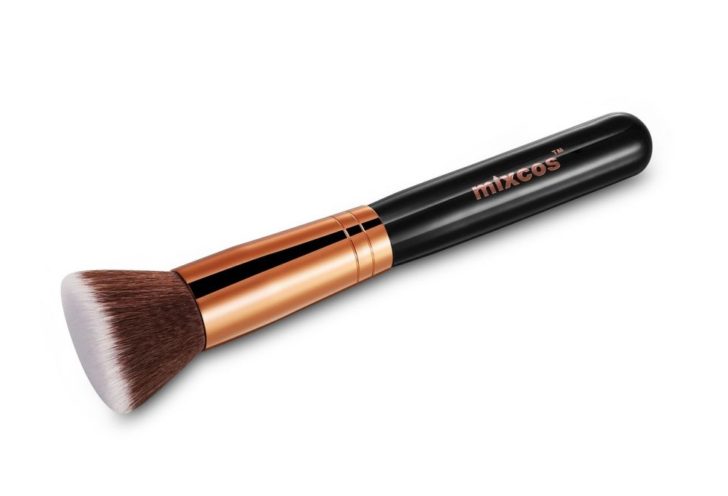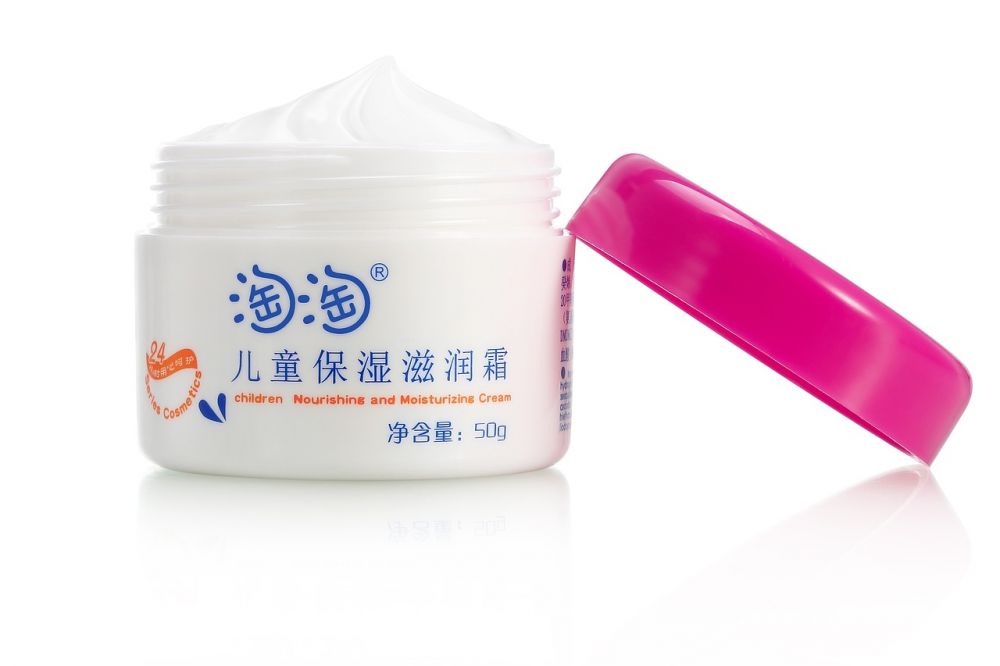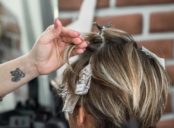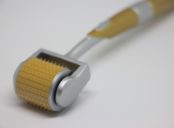Spray Foundation: A Comprehensive Guide for Food Enthusiasts

Introduction:
In the world of makeup, spray foundation has gained immense popularity for its convenience and flawless finish. This article aims to provide a detailed overview of spray foundation, including its types, popularity, quantitative measurements, differences between various products, and a historical analysis of their pros and cons. Whether you’re a makeup connoisseur or a food and drink enthusiast curious about this cosmetic product, this article will be your go-to guide.
I. What is Spray Foundation?
Spray foundation is a type of makeup product that comes in a spray form, allowing for easy and even application on the face. It is designed to provide coverage, even out skin tone, and create a smooth canvas for further makeup application. Unlike traditional foundations, which typically come in liquid or cream form and require blending with brushes or sponges, spray foundations offer a quick and fuss-free application process.
II. Types of Spray Foundation and Popular Brands:

1. Aerosol Spray Foundation: This type of spray foundation comes in a pressurized can, delivering a fine mist of product. Brands like L’Oreal Paris Infallible Pro-Spray & Set Makeup and Maybelline New York Dream Satin Liquid Air-Whipped Foundation are popular choices among users.
2. Airbrush Spray Foundation: Airbrush spray foundations are applied using an airbrush gun, creating a professional, airbrushed finish. Temptu Air Perfect Canvas Foundation and Luminess airbrush foundations are widely recognized for their flawless coverage.
III. Quantitative Measurements of Spray Foundation:
To ensure its effectiveness, spray foundation undergoes rigorous testing and quality control. Quantitative measurements, such as coverage percentage, durability, and wear time, play a crucial role in assessing a spray foundation’s performance. For instance, a high coverage percentage indicates that the foundation can effectively camouflage imperfections, while a longer wear time ensures that the makeup stays intact for extended periods.
IV. Differences Between Various Spray Foundations:
While all spray foundations share the common goal of providing coverage, they can differ in terms of formulation, finish, and even application technique. Some foundations offer a dewy finish, while others provide a matte look. Additionally, the application techniques also vary, with aerosol spray foundations offering a quicker and easier process compared to airbrush spray foundations.
V. Historical Analysis of Pros and Cons:
Over the years, spray foundations have had their fair share of advantages and disadvantages. Historically, the pros have included the ease of application, time-saving qualities, and a natural-looking finish. On the other hand, the cons have involved the potential for uneven coverage, limited shade ranges, and a learning curve associated with airbrush spray foundations. However, with advancements in technology and formulation, many of these drawbacks have been addressed, leading to improved and more user-friendly spray foundation products.
Conclusion:
Spray foundation offers a convenient and efficient way to achieve a flawless complexion. Whether you opt for an aerosol spray foundation or an airbrush one, each type has its own unique features and benefits. With the aid of quantitative measurements, consumers can make an informed choice based on their desired coverage, durability, and finish. By understanding the differences between various types of spray foundation and the historical evolution of these products, enthusiasts can confidently explore and experiment with this makeup trend. So, why not give spray foundation a try and experience the wonders it can do for your makeup routine?





















